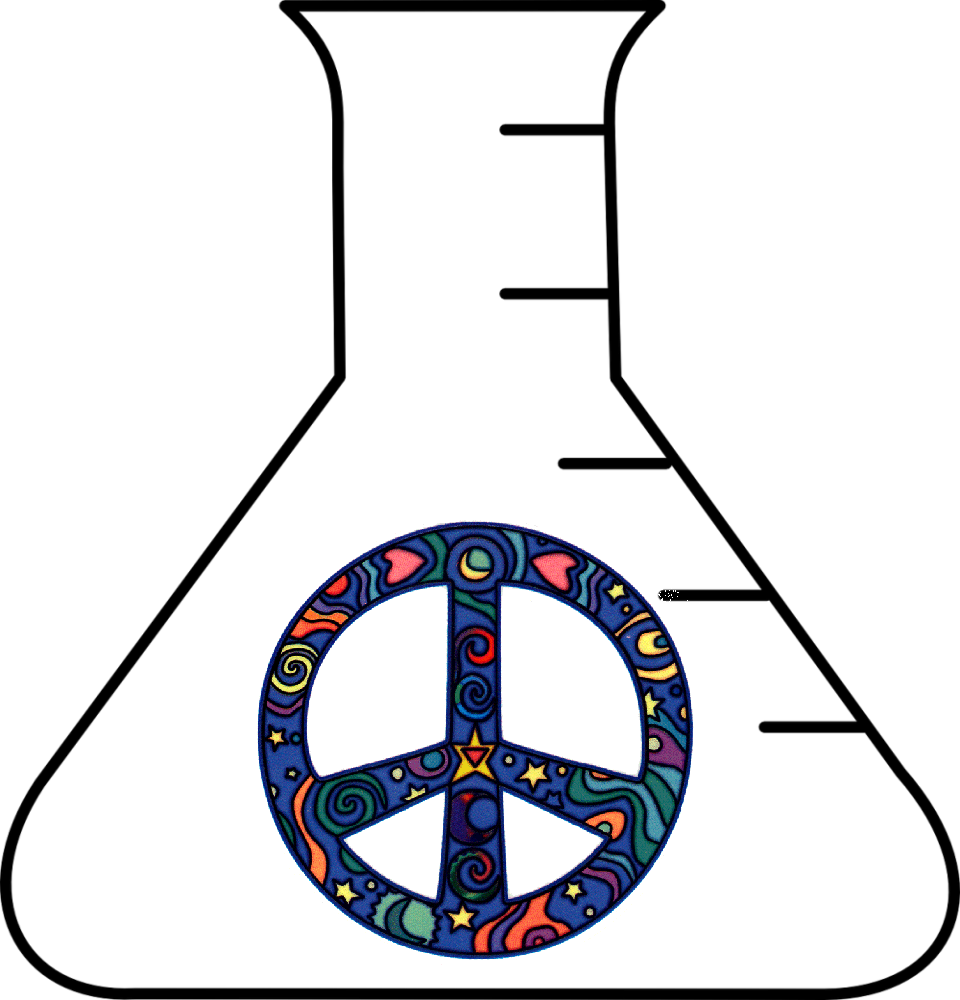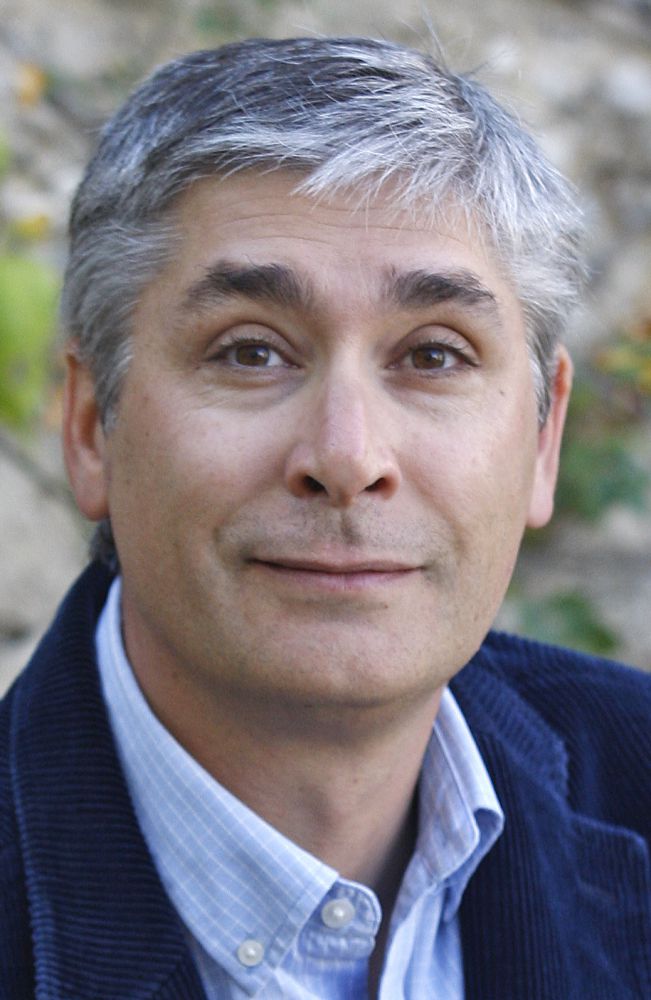
Outta Sight No More

In terms of eras, the 1970s are the banana slicer you bought from a home shopping show after a couple of drinks — vaguely embarrassing and you try not to think about it. The ’70s are the AMC Pacer, mood rings and “Having My Baby” by Paul Anka. They certainly weren’t about good science, at least in the public perception.
A new book co-edited by a UC Santa Barbara scholar, however, takes a fresh look at the science that emerged from the era. “Groovy Science: Knowledge, Innovation and American Counterculture” (The University of Chicago Press, 2016), co-edited by W. Patrick McCray, a professor of history at UCSB, explores the eclectic work of scientists, freethinkers, engineers and hippies of the 1970s. Their work tends to be overshadowed by the notion that the ’70s were a scientific dead zone, he said.
“I think what surprised us was how many diverse and fascinating things in terms of science and technology happened in the 1970s,” McCray said. “This is important because we’re trying to get away from this idea that the ’70s were a decade where nothing of real importance happened.”
A stereotype of the era, McCray noted, held that the rise of the counterculture was accompanied by the fall of science as hippies and disillusioned youth rejected the “Big Science” of the Cold War. But “Groovy Science,” co-edited with David Kaiser of the Massachusetts Institute of Technology, tells a different story. Its 12 essays plumb an extraordinary range of endeavors, from the materials scientists who revolutionized surfboard production to John Lilly’s attempts to communicate with dolphins, to Timothy Leary’s transhumanism, to Santa Barbara’s entrepreneurial physicists in the Vietnam era.
“Whether it’s in science and technology, or women’s liberation or gay rights or the environmental movement, there was a lot happening in the 1970s,” McCray said. “It was a very traumatic decade at least here in the United States between Watergate, the economy collapsing, the oil shocks in ’73 and ’79. So the people imagining the 1970s as this throw-away plastic decade of disco and DayGlo smiley faces and stuff have missed that story.”
For McCray, who specializes in the history of science, “Groovy Science” presents an opportunity to tell the story of the era before it’s picked over by traditional historians. “We as a community sometimes arrive a little late to the party,” he noted. “Science historians tend to get there a decade or so after a lot of the really creative, original work had been done. And then you inherit this narrative that’s already been shaped by everybody else.
“We were hoping to get to the 1970s before it had been completely congealed in a sense,” McCray continued. “We wanted to really challenge this idea that the 1960s and ’70s were this era of anti-science and anti-technology, and to make the argument that people were opposed to certain kinds of science and technology, but they were opposed to science and technology as this monolithic entity. They had found these creative and really interesting wellings up in different parts of the counterculture.”



